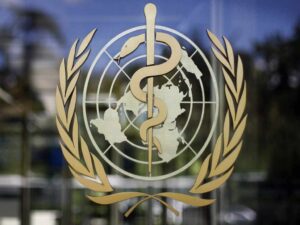When left untreated, certain STIs can lead to long-term irreversible outcomes including chronic pelvic pain, cancers, infertility, adverse pregnancy and congenital complications, some of which can be potentially fatal.
Diseases in this category include gonorrhea, chlamydia, syphilis, and trichomonas infections.
Plus, emerging outbreaks of new infections that can be acquired by sexual contact such as Monkeypox, Shigella sonnei, Neisseria meningitidis, Ebola and Zika as well as re-emergence of neglected STIs, such as lymphogranuloma venereum herald increasing challenges in the provision of adequate services for STIs prevention and control.
The Global Health Sector Strategies (GHSS) sets ambitious targets to reduce new cases of syphilis, gonorrhea, chlamydia and trichomoniasis; to increase the porcentage of girls fully vaccinated with human papillomavirus (HPV) vaccine by 15 years of age; to increase the percentage of women screened for cervical cancer; and number of countries reporting antimicrobial resistance in Neisseria gonorrhoeae to the WHO Gonococcal Antimicrobial Surveillance Program.
For such a reason, WHO called to intensify the work of social communication to explain about STIs, take safer sexual practices and to seek treatment.
pll/mv/joe










